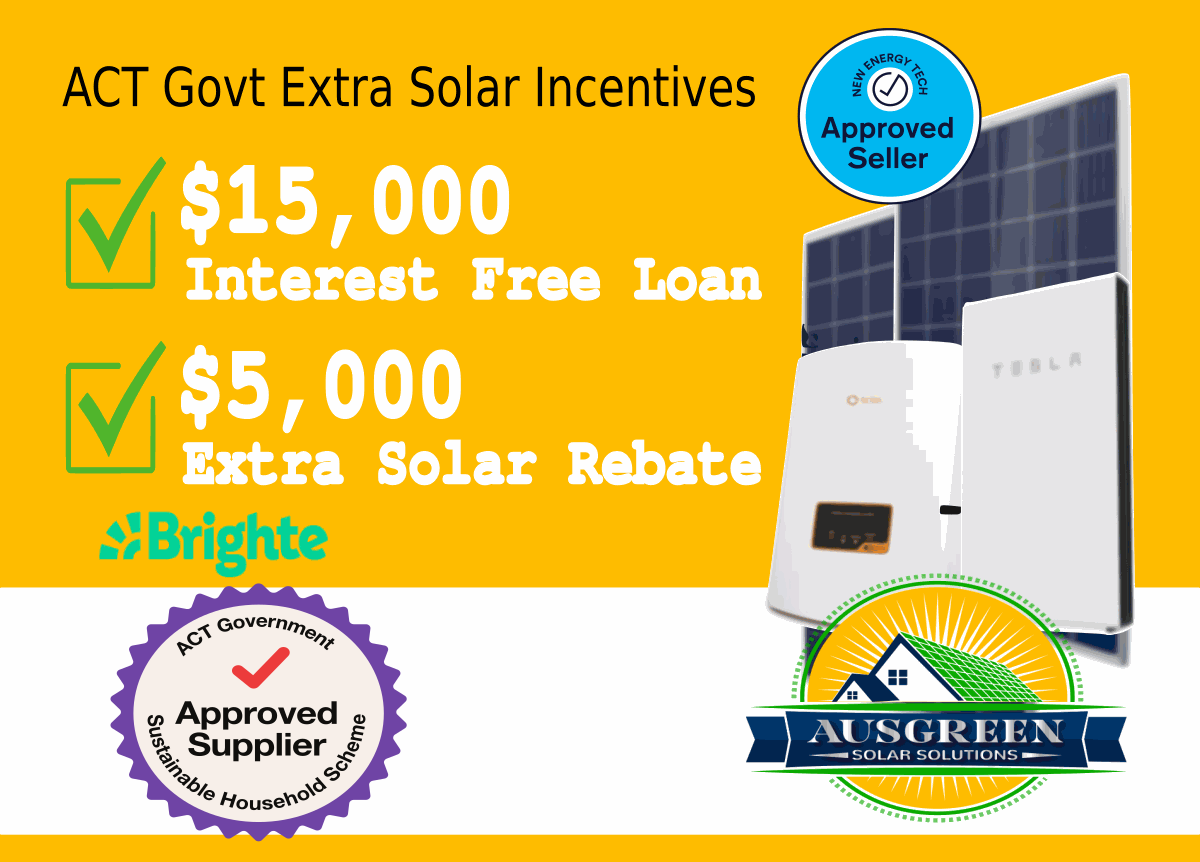As the world becomes increasingly conscious of sustainable energy, more homeowners and business owners are considering solar power as a viable option.
Solar systems come in various capacities, with 6.6 kW and 10 kW among the most popular sizes for residential and small commercial setups.
Choosing the right size is crucial for ensuring your energy needs are met efficiently. In this blog post,
We'll compare the key differences between a 6.6 kW and a 10 kW solar system to help you make an informed decision.
6.6 kw vs 10 kw solar system
Before diving into the differences, it's important to understand what the capacity, measured in kilowatts (kW), actually means. The capacity of a solar system refers to the maximum amount of electricity that the system can produce under optimal conditions. A 6.6 kW system can produce up to 6.6 kilowatts of power, while a 10 kW system can produce up to 10 kilowatts of power in a given hour.
Energy Production: 6.6 kW vs 10 kW
The primary difference between these two systems lies in their energy production capabilities. A larger capacity system like the 10 kW will typically generate more electricity than the 6.6 kW system. This means that, if your energy consumption is high, a 10 kW system might be more suitable to cover your needs.
Initial Investment And Long-term Savings
Cost is often a deciding factor when choosing between solar system capacities. A 6.6 kw solar price is obviously less compared to a 10 kW system.
However, since a larger system may produce more energy than is needed, it could result in greater long-term savings, especially if your power consumption increases or if you wish to take advantage of feed-in tariffs by supplying excess power back to the grid.
Space Considerations
When choosing between a 6.6 kW and a 10 kW solar system, space availability should also be taken into account. A 10 kW system will require more space because it has more solar panels. If your roof space or installation area is limited, a 6.6 kW system may be more appropriate.
6.6 kW System: Requires around 20 to 24 solar panels.
10 kW System: Requires around 30 to 40 solar panels.
Comparison Table: 6.6 Kw Vs 10 Kw Solar System
Frequently Asked Questions For 6.6 Kw Vs 10 Kw Solar System
What Is A 6.6 Kw Solar System?
A 6. 6 kW solar system typically consists of around 20 panels, generating about 6,600 watts of power under ideal conditions, suitable for medium-sized households.
How Much Power Does A 10 Kw Solar System Produce?
With approximate 30 to 40 panels, a 10 kW solar system can produce around 10,000 watts of power, ideal for larger homes or small businesses.
Which Is More Cost-effective: 6.6 Kw Or 10 Kw?
A 6. 6 kW system generally offers better cost-effectiveness for average-sized homes, balancing installation costs with energy production.
Can A 6.6 Kw System Power My Whole House?
The sufficiency of a 6. 6 kW system depends on your home's energy consumption, but it can fully power many average-sized energy-efficient homes.
Conclusion: Which System is Right for You?
If your energy consumption is moderate and you have limited space, a 6.6 kW solar system may be the right choice for you. It offers a balance between cost and capability for many residential users. On the other hand, if you have high energy demands, sufficient installation space, and a desire for long-term savings and revenue through feed-in tariffs, a 10 kW solar system could be the optimal investment.
Ultimately, the decision should be based on a detailed analysis of your current and future energy needs, your budget, and the physical constraints of your property. It's also beneficial to consult with a solar energy expert who can provide a tailored assessment and help guide you towards the best choice for your specific situation.

